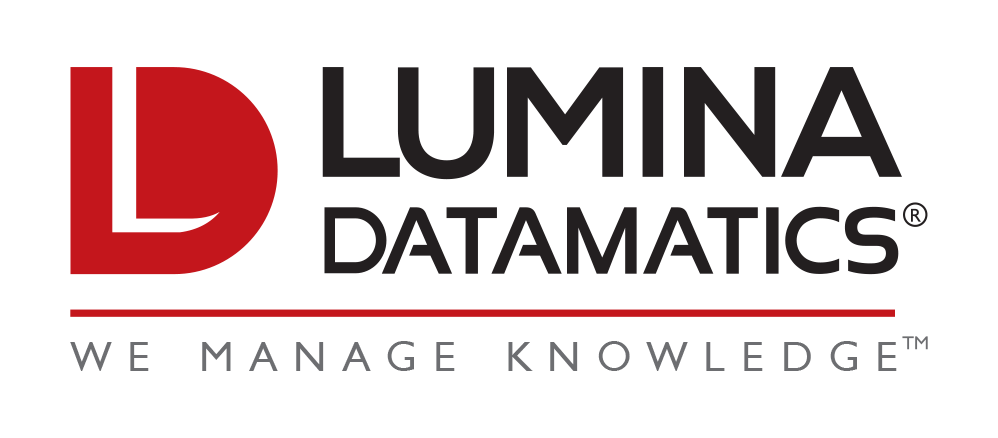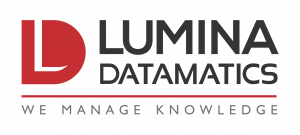The digital age has produced challenges for businesses across the world. Therefore, the way publishers have to engage their audiences has changed significantly. Academic or scholarly publishers are no stranger to this phenomenon. For the STM community, it presents opportunities to reach new horizons. New Media provides a pathway to greater audience engagement.
Let us be honest. Academic publishing is a very niche part of the publishing world. In essence, marketing journals make it very difficult for the right readers. Over 40 marketers from across the academic publishing division — including publicity, end-user marketing, product marketing, journal marketing, and higher education — participate in some form of video production as part of their job. While the majority of their time and resources are still spent on traditional marketing activities, and the amount each person works on varies (from one a year to a dozen), video is seen as crucial to communicating complex ideas inside academia. These are in the form of author interviews, discussion videos, instructional videos, and product videos. If anything, it creates engagement for academic material across the web.
There are other ways that new media is making an impact on scholarly publishing. For instance, Springer has paved the way for a wider acceptance of eBook conversions and journals among STM publishers and other publishing segments. Accessibility is an ongoing parable in the publishing industry where readers or users seek access to their desired academic materials. STM publishers have embraced electronic media faster than many other publishing industry sectors by moving into a phase of interactive content development concerned with “emerging tools that help researchers and clinicians use the content found in STM books and journals.” Alongside eBooks, it opens up new areas where few thought were possible. Just like any other industry, innovation is the need of the hour. This is where accessibility plays a prominent role in the scientific journal publishing arena.
Mobile apps are another area that publishers seem to be making headway. Recently, Enago Academy, a leading knowledge-sharing platform for researchers worldwide, announces the launch of its app to facilitate faster information dissemination on scholarly publishing. While mobile is undoubtedly impacting, scholarly publishing services would also want to pay attention to the Netflix model to increase their media presence. Netflix is probably the most interactive entertainment platform on the planet. The subscription-based digital content model where users pay a fee every month has already influenced the music, videogame, and trade publishing industries. For STM publishers, it could serve as a platform where users will get access to several journals for each of the disciplines and sub-disciplines at any given time.
This leads to another intriguing idea. What drives the innovation process? Is the platform driving new media, or it the other way around? The annual generated revenue from (STM) scientific journal publishing is estimated at $12 billion in 2017, including books and additional information within a broader STM publishing market worth some $25 billion. With numbers like these, it would be understandable that publishers would want to grow their ROI in any possible way. For instance, audiobooks are booming audibly in the mobile age. According to the Association of American Publishers, audio is more robust than any other format in the US, which tracks revenue from 1,200 book publishers. And while audiobook unit sales numbers are still small (from January to September 2016, US traditional publishers sold $240 million in audiobooks, compared to $1.8 billion in hardcover books), the format’s growth has meant more and more publishers are putting their money in people’s ears. While there is no conclusive data that academic publishers will follow suit, it could be an area that could prove fruitful in time.
Is there a ceiling on what scholarly publishers can achieve with new media? With new technologies like VR and AR yet to be fully explored, there was always room to evolve.
Sources:
- https://blog.oup.com/2014/03/academic-publishing-video-production/
- https://www.enago.com/academy/enago-academy-launches-the-first-mobile-app-on-academic-publishing-resources-for-the-scholarly-community/
- https://www.publishersweekly.com/pw/by-topic/digital/retailing/article/69992-the-digital-publishing-revolution-is-only-speeding-up.html
- https://qz.com/924075/audiobook-readers-obsessed-with-multitasking-are-driving-americas-biggest-new-reading-trend/
- https://www.forbes.com/sites/nelsongranados/2016/10/03/what-is-media-in-the-digital-age/#7270853151ea
- Image Credit: Freepik/Pexels




Can you be more specific about the content of your article? After reading it, I still have some doubts. Hope you can help me. https://www.binance.info/sv/join?ref=V2H9AFPY